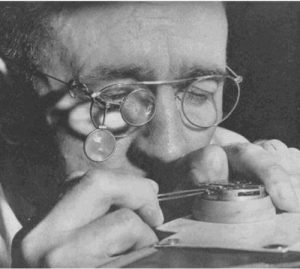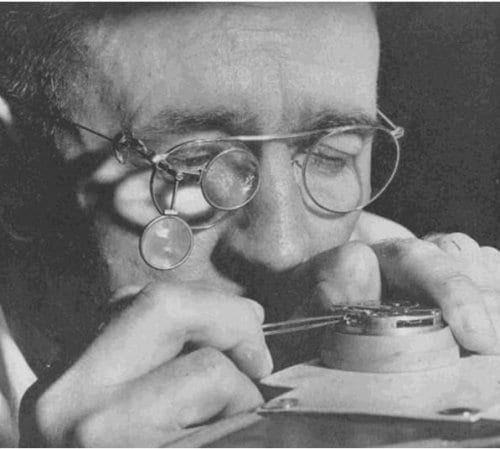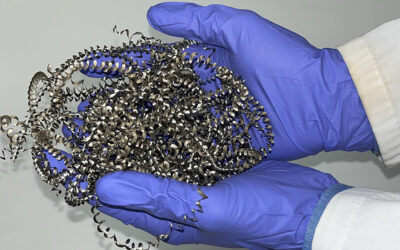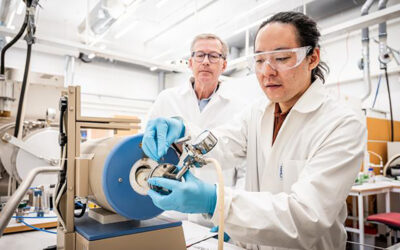 Control over the primary structure (i.e., tacticity, monomer sequences) and the secondary structure (i.e., macromolecular folding) in synthetic macromolecules can be considered a new avenue in polymer chemistry. Get free access to selected articles of an exciting special issue in Macromolecular Rapid Communications.
Control over the primary structure (i.e., tacticity, monomer sequences) and the secondary structure (i.e., macromolecular folding) in synthetic macromolecules can be considered a new avenue in polymer chemistry. Get free access to selected articles of an exciting special issue in Macromolecular Rapid Communications.
Nature is an expert in controlling molecular parameters such as tacticity, monomer sequences, and macromolecular folding. This leads to macroscopic materials with unrivaled properties that cannot be matched by any synthetic material. Thinking of the mechanical properties of protein-based biomaterials (e.g. spider silk or muscle tissue) or the biocatalytic features of enzymes it is obvious that “precision macromolecular chemistry” is high on the wish list of every polymer chemists.
While macromolecular architectures such as block copolymers, graft copolymers, star polymers, or macrocycles can nowadays be routinely synthesized polymer chemistry is still far from the skills of a traditional watchmaker. Crucial macromolecular parameters such as polydispersity, tacticity, monomer sequences, and folding are still not fully mastered in current polymer science. It is therefore highly desirable to determine where research stands in terms of monodisperse synthesis, tacticity and sequence-control, and the utilization of precision polymers.
In cooperation with guest-editors Hans Börner (Humbold University, Berlin) and Jean-Francois (Institut Charles Sadron, Strasbourg) Macromolecular Rapid Communications has now published a special issue representing the avant-garde in the field of “precision macromolecular chemistry”. The trends highlighted in this topical issue constitute unquestionable the core of a new discipline in the field of polymer science.
Read the editor’s choice for free now:
Jean Francois Lutz and Hans Börner provide a short introduction into the exciting field of “precision macromolecular chemistry” in their editorial.
Eric Drockenmuller, Craig J. Hawker and co-workers present an invaluable, concise overview on orthogonal, iterative approaches to precisely defined oligomers. Starting from an orthogonally protected elementary building block, this powerful strategy affords a doubling of the chain length at each deprotection/coupling cycle.
Tara Meyer and coworkers report on the preparation of repeating sequence poly(lactic-co-glycolic acid) copolymers. The strategy for producing these repeating sequence copolymers involves the assembly by condensation polymerization of pre-formed segmers comprising high degree of sequence- and stereo-control.

















